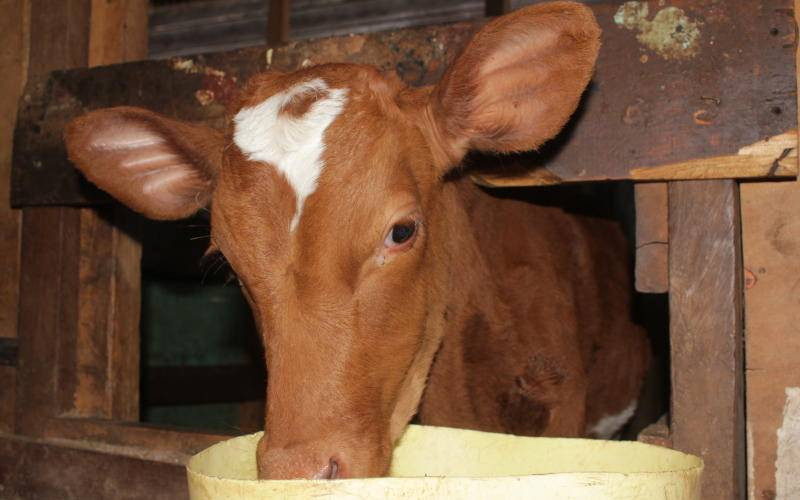Dear daktari, I know rabies as a deadly disease of dogs that can spread to man. Recently my cow was bitten by a dog and I am beginning to start getting worried that my cow may be infected. My question is - does rabies also affect cattle?
[Alphayo Makokha, Lurambi, Kakamega County]

Thank you Makokha, for your question. Rabies does not just attack dogs only but also many mammals. In cattle, it may not be easily spread within a herd as happens with other infectious diseases. This is because unlike in rabid dogs that show an abnormal sign of biting animate and inanimate objects cows will rarely show that. But dogs are not the only animals - that can bite cattle. Wild animals, bats, skunks, racoons, and foxes can also be a source of rabies for cattle.
Rabies can also occur in all warm-blooded animals and it is always fatal when an animal is infected.
How is it transmitted?
Rabies is transmitted when saliva from an infected animal contaminates and open wound and this is exactly what happens when a rabid dog bites another animal. The virus that causes rabies can also enter the body system through mucus membranes of the nose, mouth or eyes.
Cattle that are suckling calves already infected with rabies can also get infected. Bites or scratches, abrasions, or open wounds in the skin form points of viral entry.
The incubation period or the time taken from the bite to the development of clinical signs varies depending on the location and depth of the bite. Symptoms can manifest after a week or two months.
Clinical signs of rabies
Cattle infected with rabies will have anorexia, itching at the bite site, aggressive behaviour, convulsions, excess and uncharacteristic bellowing, impaired coordination, lameness, hypersalivation and the cattle will appear like it is choking.
The last two clinical signs are very important. Rabies is a zoonotic disease - this means it can be spread from animals to man. With excess salivation and choking appearance, the farmer may be forced to find out if there is anything choking the animal and, in the process, get infected with this deadly disease.
When you suspect rabies, do not try opening the mouth of the animal as this can expose you to the disease.
Changes in behaviour, choking, lameness and central nervous system signs should make you suspect your animal might be suffering from rabies. If you are a vet and are handling suspected animals wear personal protective equipment (gloves, goggles and mask) during physical examination or sample collection.
Prevention and control
When accidentally exposed to saliva of an infected animal, thoroughly wash the affected area with clean water and soap. Always use personal protective equipment when handling suspected animals. In case of a bite, rush to the hospital for post-exposure treatment. People at a high risk for example veterinary surgeons and dog handlers need to be vaccinated every two years. Fencing your farm can help protect your animals against bites from rabid dogs and wild animals.
[The writer is a veterinary surgeon and the head of communications at the Food and Agriculture Organization of the United Nations (FAO) Kenya. The views expressed here are not necessarily those of FAO]
 The Standard Group Plc is a multi-media organization with investments in media
platforms spanning newspaper print
operations, television, radio broadcasting, digital and online services. The
Standard Group is recognized as a
leading multi-media house in Kenya with a key influence in matters of national and
international interest.
The Standard Group Plc is a multi-media organization with investments in media
platforms spanning newspaper print
operations, television, radio broadcasting, digital and online services. The
Standard Group is recognized as a
leading multi-media house in Kenya with a key influence in matters of national and
international interest.



